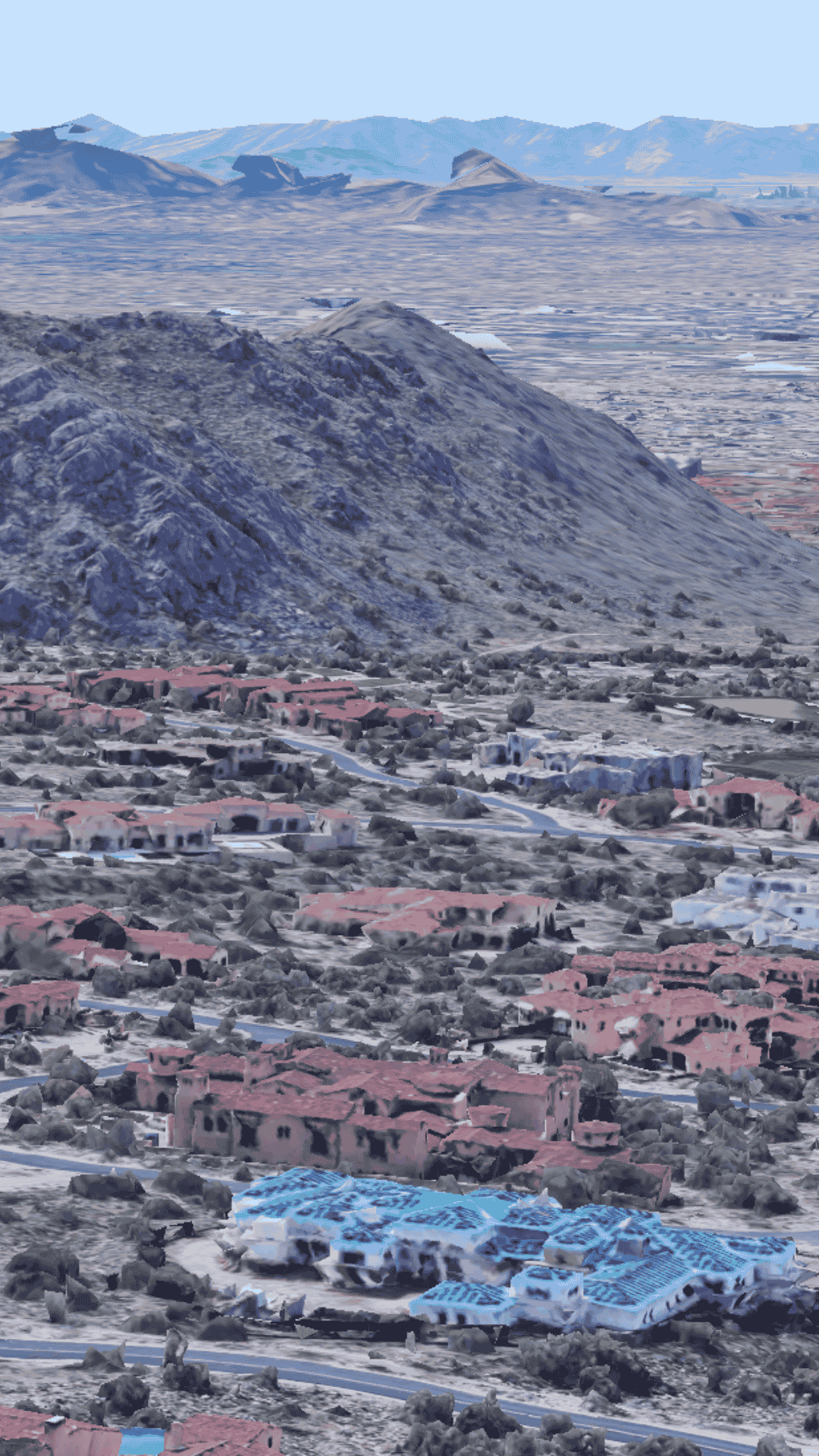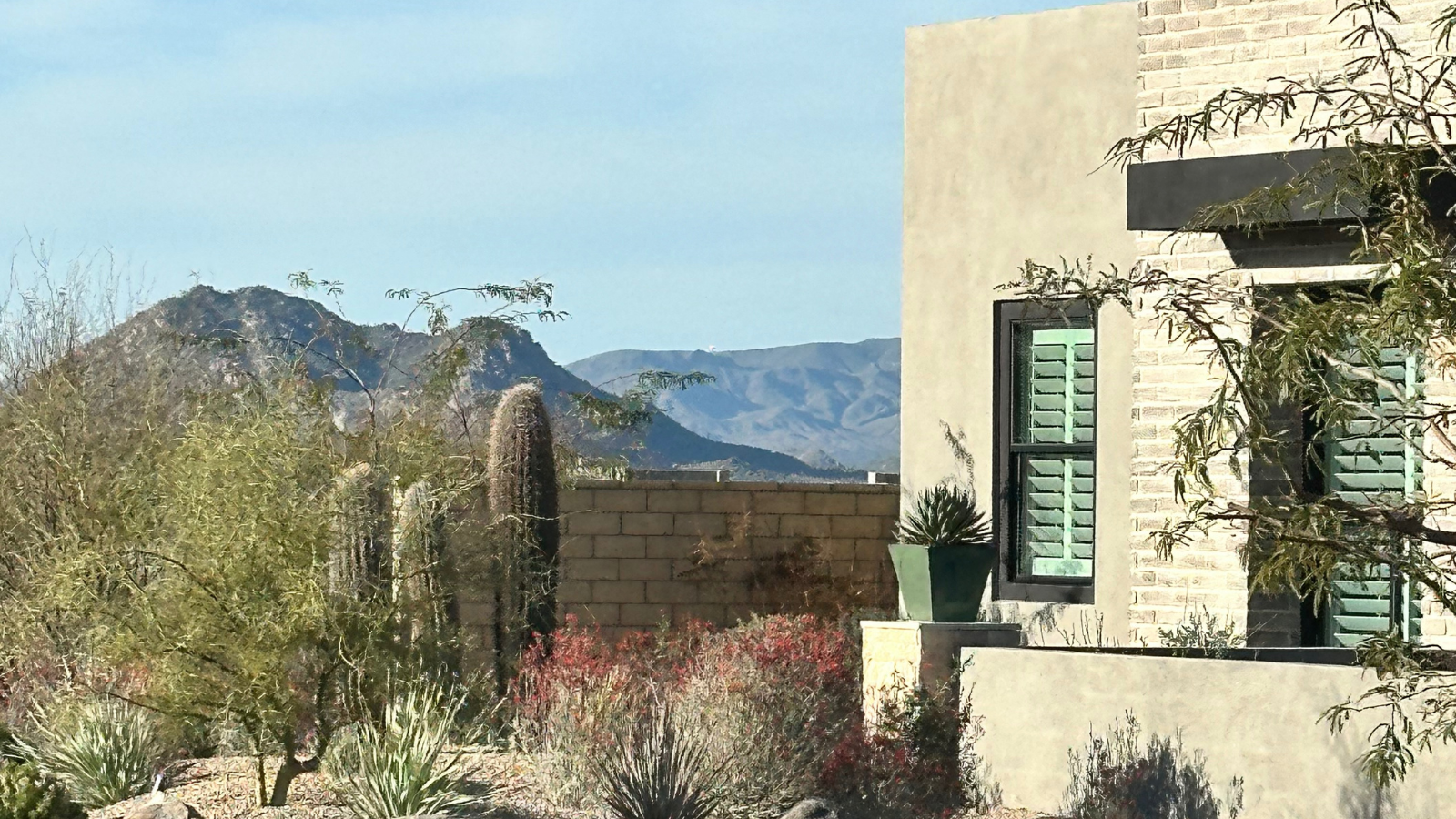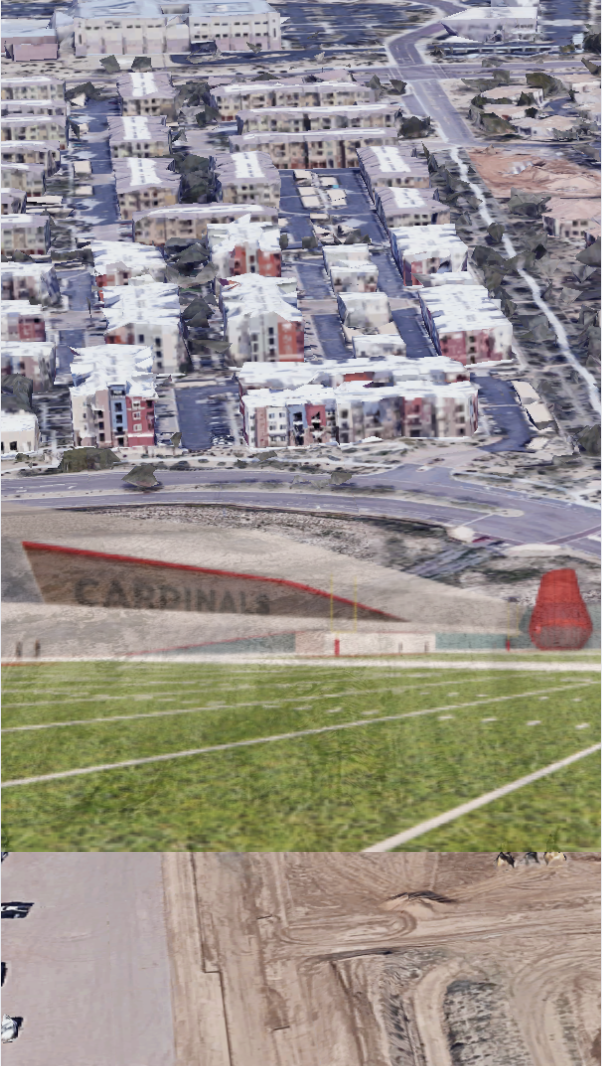
In mid-2025, Phoenix’s real estate skyline tells a new story: for the first time in years, sellers are firmly in the driver’s seat. Across the Valley, active listings are climbing while buyer demand is moderating. In fact, recent data show about twice as many sellers (≈32,400) as buyers (≈16,200) in the Phoenix metro area. Meanwhile nationally, Redfin reports that there are roughly 33.7 % more sellers than buyers in the U.S. housing market, marking the widest gap since records began.
Phoenix’s shift is not isolated. Neighborhoods from Arcadia to Maryvale, and suburban corridors like Chandler and Surprise, are feeling the ripples. Developments in East Mesa and new subdivisions in Verrado and El Mirage are adding supply into local markets. In Scottsdale and Paradise Valley, longtime sellers are now competing with newer listings. As inventory swells, corners of the Valley once starved for homes are now challenged to differentiate.
This isn’t just a seasonal blip or a minor correction. It signals a structural pivot in local market dynamics. The imbalance matters because it changes negotiating leverage, pricing behavior, and how both sellers and buyers must strategize. Let me walk you through why the shift is happening, where it matters most, and what it means for smart real estate moves in Phoenix’s evolving landscape.
At first glance, “30 % more sellers than buyers” is just a statistic. But beneath it lies a set of tensions that amplify risk and opportunity for every stakeholder.
Buyers are hitting walls. Mortgage rates remain elevated, squeezing purchasing power. Many who locked in ultra-low rates in prior years are hesitant to move unless absolutely necessary. Economic uncertainty—job shifts, layoffs, inflation pressure—makes buyers cautious even when homes are available.
Sellers, on the other hand, are catching up. The so-called “rate lock-in effect” (where homeowners cling to low mortgage rates) is softening. Life changes—relocations, downsizing, divorce, retirement—are pushing many to list. And in key Valley submarkets, mass new-home supply and lot releases are accelerating.
The friction is real: when supply outpaces demand by a structural amount, pricing power shifts. Sellers can’t expect the multiple offers and bidding wars of past cycles. Discounts, incentives, more aggressive staging or concessions become necessary. Meanwhile buyers, if they engage, gain more negotiating leverage. In neighborhoods such as Queen Creek or Litchfield Park, we’re already seeing more price cuts and longer days on market.
To put it another way: the imbalance acts like a pressure valve. Sellers who priced at peak expectations find themselves squeezed; buyers with patience or strong capital can pick from more choices. The stakes climb not just in dollars, but in timing and positioning.
This seller-heavy environment isn’t uniform. It varies by home type, locale, and buyer segment — and its impact on equity and return strategies is profound.
Single-family homes vs. condos/townhomes. Nationally, Redfin notes about 28 % more single-family sellers than buyers, while condos have 83 % more sellers than buyers. That means the overage effect is even stronger in multiunit product types. In Phoenix, luxury condos in central and downtown precincts have lagged, while single-family homes in outer Valley areas remain slightly more resilient.
High end vs. entry level. The psychological and financial buffer is different. Entry-level buyers are most sensitive to rate and price shifts, so those segments are cooling fastest. In contrast, wealthy sellers in high end enclaves can better absorb discounts or wait. Hence we see longer marketing times in Paradise Valley, North Phoenix, and Silverleaf.
Geographic micro-markets. In the Southeast Valley (Gilbert, Queen Creek), new inventory is layering pressure. In the West Valley (Goodyear, Surprise), listings have surged even as demand struggles to catch up. In the inner city (Maryvale, South Phoenix), affordability constraints suppress buyer activity, intensifying the oversupply.
From an equity standpoint, the imbalance introduces risk for overleveraged sellers. Those who bought during the last peak may feel pressure to hold rather than sell. Meanwhile, buyers who act wisely could lock in value in neighborhoods undergoing reset. For home-equity strategies (refinance, leverage, cash-out), the window is tighter: timing, exit planning, and market awareness become mission-critical in this environment.

To ground this in local reality, I’ve spoken with agents, analysts, and builders across the Valley. Their perspectives differ, but all agree: the tide has turned.
Tina Tamboer, Senior Housing Analyst with The Cromford Report, cautions that while a 3–5 % correction is possible, she doesn’t expect “big, bold movements” soon. Mark Stapp, Executive Director of ASU’s Real Estate Development program, remains skeptical of extreme ratios (like 2:1) but confirms we're moving closer to equilibrium after a long seller-run.
On the flip side, analysts at AZ Big Media note that while inventory is rising, some builders and agents are accelerating concessions to win over more selective buyers. In Scottsdale and North Phoenix, high-end listing agents mention increasing “luxury sweeteners” — such as custom cabinetry, smart home packages, or landscaping credits — to differentiate in saturated tiers.
Given these diverse angles, one takeaway is clear: in today’s market, success belongs to those who read the local mood, adapt pricing, and don’t fight the balance shift.
In a market where sellers outnumber buyers by 30 %+, strategy must sharpen. Here are some high-leverage ideas, woven into narrative form rather than bullet points.
If you’re selling: mindset is everything. Accept that you’re competing not just with neighboring homes, but a growing supply pool. That means staging must leap forward: invest in high-quality photos, landscaping, even light remodeling to stand out. Price aggressively from the start — anchoring at a premium will only invite rejection. Offer flexible terms (e.g. covering closing costs, rentbacks, assumable mortgage options) to reduce buyer friction.
Rather than pushing to transact quickly, consider timing and hold strategies. If your home's equity cushion allows, you might wait for seasonal demand surges or rate relief. But if your holding costs are steep (taxes, maintenance, mortgage carry), you may prefer a shorter sale window with less aggressive pricing. I’ve seen sellers in Gilbert and Queen Creek accept 1–2 % discounts off peak for the speed advantage.
On the buying side: patience is your ally. With more selection, you can afford to be picky on condition, location, and financing structure. Get very clear on what you want (and what you won’t accept). Engage mortgage preapproval early, and if possible get ready to act immediately when a prime listing appears. Use aggressive but anchored offers (e.g. with appraisal gap clauses, concession-backed bids) to win in negotiations.
Also, monitor micro-trend signals: in neighborhoods like Avondale or Tolleson, a cluster of price cuts or expired listings is a red flag for downward pressure. In stable neighborhoods like Paradise Valley or Arcadia, recent reductions may represent rare opportunities rather than systemic weakness. Align your buying or selling plan to those micro-patterns, not just the macro data.
Finally, always leave margin. In today's shifting climate, the difference between success and regret can be a 0.5 % cushion in pricing, or a one-week hold. Build in flexibility — be ready to pull back or pivot if demand slips further.

We are witnessing a real inflection: sellers now outnumber buyers in the Valley by a structural margin well above 30 %. That gap is reshaping bargaining power, driving concessions, and demanding sharper strategy from everyone involved. For sellers, rigid expectations give way to adaptability; for buyers, patience and positioning unlock advantage.
This is not a prediction of collapse, but a demand for recalibration. As always, local context matters more than macro headlines. Engage deeply with your submarket, stay abreast of pricing shifts, and position yourself to act when imperfection emerges.
If you plan to act on this in a specific Phoenix zip code, neighborhood, or price tier, I’d be happy to run a hyperlocal update or forecast. Which submarket should we dig into next?
 Arizona Cardinals’ $136 Million “Headquarters Alley” Project: How a 217-Acre Deal Will Redefine North Phoenix by 2028
Arizona Cardinals’ $136 Million “Headquarters Alley” Project: How a 217-Acre Deal Will Redefine North Phoenix by 2028 Exploring Arizona’s Unique Land Ownership Laws: What Every Future Homeowner, Investor, And Relocating Professional Needs To Know
Exploring Arizona’s Unique Land Ownership Laws: What Every Future Homeowner, Investor, And Relocating Professional Needs To Know

 Public Safety as an Asset Class: The New Scottsdale AdvantageIn today’s Smart City economy, safety isn’t simply about peace of mind—it’s becoming a measurable, marketable asset class. Scottsdale is proving that public safety can be engineered into the fabric of
Public Safety as an Asset Class: The New Scottsdale AdvantageIn today’s Smart City economy, safety isn’t simply about peace of mind—it’s becoming a measurable, marketable asset class. Scottsdale is proving that public safety can be engineered into the fabric ofNice to meet you! I’m Katrina Golikova, and I believe you landed here for a reason.
I help my clients to reach their real estate goals through thriving creative solutions and love to share my knowledge.

